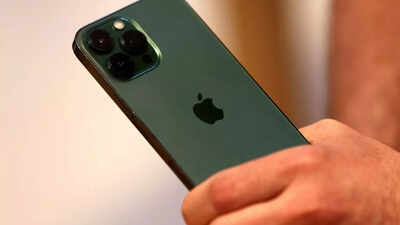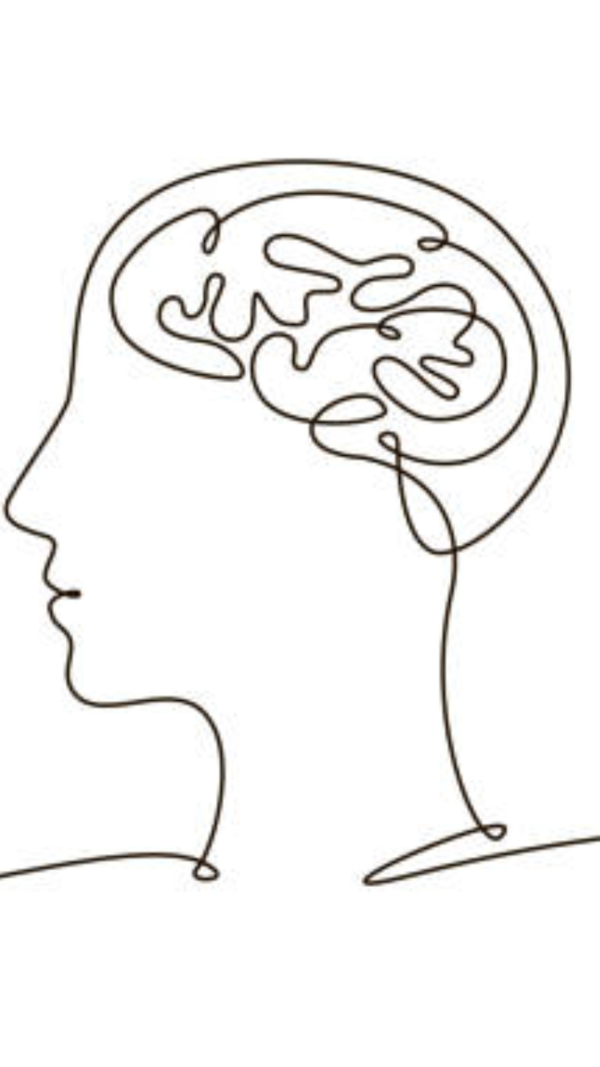- News
- Technology News
- Tech Tips News
- How to check if your iPhone is fake or real: A comprehensive guide
Trending
This story is from November 28, 2024
How to check if your iPhone is fake or real: A comprehensive guide
Counterfeit iPhones are increasingly prevalent, especially with the approaching festive season. To avoid being scammed, scrutinize the packaging, verify the serial number and IMEI against Apple's records, and examine the build quality. Check for genuine iOS operation and features like Siri. If doubts persist, consult an authorized Apple service center.
iPhones are among the most sought-after smartphones globally, not only for their cutting-edge technology but also as a symbol of status. In the third quarter of 2024, Apple generated approximately $39 billion in revenue solely from sales, underscoring their immense popularity. However, this global demand has given rise to a surge in counterfeit iPhones that mimic genuine models almost perfectly.
While buying from trusted retailers like Apple Stores ensures authenticity, purchasing from unauthorised sources or handing over your device to unverified repair shops could result in counterfeit replacements or refurbished devices being swapped during repairs. With the festive season around the corner, this issue is poised to escalate as sales boom across online and offline platforms. Here is a detailed guide to help you verify the authenticity of your iPhone and protect yourself from scams.
Different ways to find out if your iPhone is real or fake
1. Inspect the Packaging and Accessories
- Box quality:
Genuine iPhone boxes are sturdy, with high-resolution images and precise text. Counterfeit boxes often have poor-quality printing or loose packaging. - Accessories: Authentic accessories, such as charging cables, align with Apple’s standards. Counterfeit ones may feel lighter, look poorly designed, or lack the “Designed by Apple” label.
Tip: Compare the packaging and accessories with an original Apple product if you have one available.
2. Verify the Serial Number and IMEI
Every iPhone has a unique serial number and IMEI that can confirm its authenticity.
- Locate the serial number: Go to Settings > General > About to find the serial number.
- Check coverage on Apple’s website: Enter the serial number on Apple’s Check Coverage page. This will show the device’s model, warranty status, and other details.
- Check the IMEI: Dial *#06# on your iPhone to view the IMEI number. Cross-check it with the IMEI on the box and SIM tray. All numbers should match.
If the numbers don’t match or the Apple website shows an error, it’s likely a counterfeit product.
3. Examine the build quality
Apple products are synonymous with premium build quality. Use these checks:
- Feel and finish: A genuine iPhone feels solid with no gaps or loose parts. The buttons should click smoothly, and the Apple logo on the back should be perfectly aligned and smooth.
- Design features: Inspect the screen size, weight, and thickness. These should match the specifications of the model you purchased.
- SIM tray: Remove the SIM tray and check for any visible flaws. Counterfeit models often have rough edges or imperfections.
Pro Tip: Use a magnifying glass for a closer inspection of logos and build details.
4. Check the Software and Features
One of the easiest ways to detect a fake iPhone is by examining its software.
- iOS Operating System: Genuine iPhones run Apple’s iOS. Check the software version under Settings > General > Software Update to ensure it’s up to date.
- Fake iPhones running Android: Counterfeit devices often use Android with an iOS-like skin. Try using features unique to iPhones, such as Siri. Say “Hey Siri” or hold the power button. If Siri doesn’t activate, the device may be fake.
5. Visit an authorised Apple service centre
If you’re still unsure about the authenticity of your iPhone, visiting an Apple-authorized service center is the most reliable option.
- Professional verification: Apple experts can confirm whether your device is genuine.
- Repair assurance: For repairs, only use authorized service centers to avoid counterfeit swaps.
Why it is important to verify if your iPhone is real or fake?
The consequences of owning a counterfeit iPhone go beyond financial loss. Counterfeit devices often lack proper security measures, putting your personal data at risk. Additionally, these devices may fail to function properly or receive critical software updates, leading to a subpar user experience.
Also read | Airtel recharge plans | Jio recharge plans | BSNL recharge plans

About the Author
TOI Tech DeskEnd of Article
Latest Mobiles
FOLLOW US ON SOCIAL MEDIA








